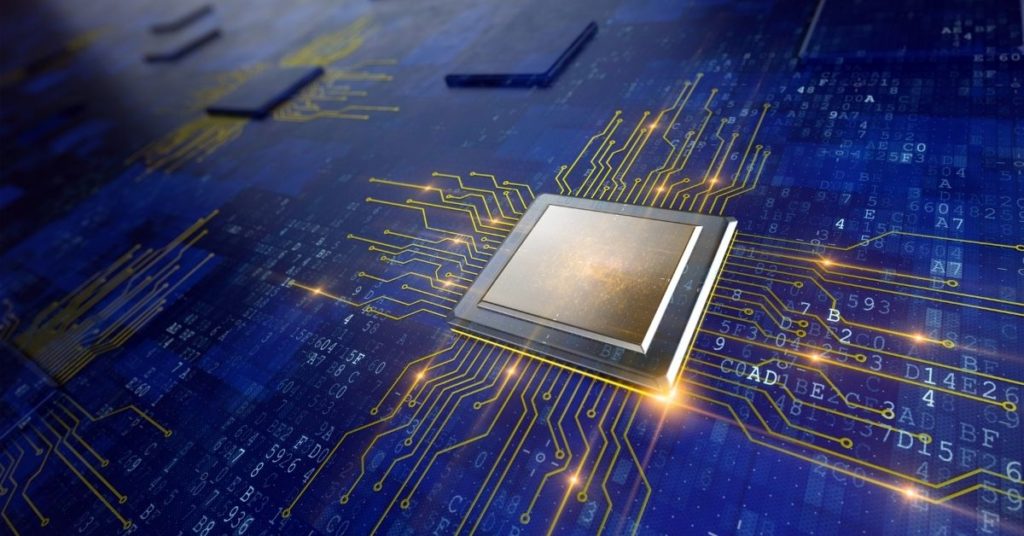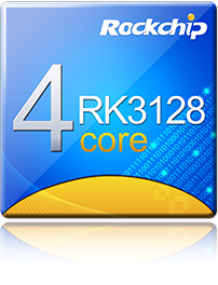Read our latest review to find the most popular CPUs for custom Android tablets.
Continue readingBest CPUs for Custom Android Tablets Q4 2020
Since the explosion of Android tablets started almost 10 years ago several CPU (central processor unit) manufacturers have come and gone. In the beginning high profit and high volume drew companies into the space, but as the volume of Wi-Fi Android tablets dropped and competition grew a few clear leaders have emerged. Those leaders include Rockchip, Mediatek (which also makes CPUs for telecom tablets and smartphones), and Allwinner Tech. These companies all make chips based on the ARM architecture, so many of their chips compete head to head and are fairly similar in spec and performance.
To keep it simple this article will focus on Rockchip since Hatch routinely uses their CPUs. The main reason we use more Rockchip is due to flexible customizations (important when making custom Android devices), engineering support, and because we have stronger relationships with Rockchip engineers. The other companies also make high quality Android CPUs that work for custom projects and we are supportive of using them if our customer requests.
The list below provides information about the leading Rockchip CPUs that are recommended for use in custom Android Wi-Fi devices in order of performance, from high to low end.
RK3399Pro
The RK3399Pro is called a ‘server level’ CPU. It’s mainly intended for use in applications that demand high performance such as an Edge AI server, industrial applications, client-side facial recognition, and others of this nature.
The CPU contains 6 (hexa) ARM cores, consisting of 2 Cortex-A72 (1.8GHz) and 4 Cortex-A53 (1.5GHz), a NEON coprocessor, Mali T864 GPU, and an NPU. It can run multiple learning platforms such as Caffe and Tensor Flow. The RK3399Pro supports multiple display outputs up to 4k resolution and multiple camera inputs up to 13MP. It also has native support for USB type-C protocol.
(Before the RK3399Pro came the RK3399. The RK3399Pro is the RK3399 with the integration of the RK1808 IC. The RK1808 provides the NPU (neural network processor unit) mentioned above.)
RK3288
The RK3288 is a high end Android CPU that features excellent display support and strong processing power. This chip is used in a range of consumer, business, and industrial devices. Many large screen advertising displays use this chip. Applications include live video streaming with add-on electronics (like temperature sensor), laptops, and access control terminals.
The CPU contains 4 (quad) ARM Cortex-A17 cores that deliver speed up to 1.8GHz and a Mali T764 GPU. It supports up to 4k display resolution, dual display output, and dual camera up to 13MP (with internal ISP).
RK3368
The RK3368 is similar to the RK3288 with slightly lower specs. It still offers excellent multimedia features and does a great job in high level consumer or business applications. The RK3368 is commonly used for educational tablets, TV boxes, advertising displays, and premium tablets.
This CPU has an 8 (octacore) architecture with 8 Cortex-A53 cores that run up to 1.5GHz. It supports up to 4k video HDMI output powered by a PowerVR G6110 GPU. The internal ISP supports 1080p recording and up to 8MP images.
RK3326
The RK3326 is a mid-range CPU that has become popular with devices like retail tablets and smart speakers that have moderate performance requirements and need the newest technologies. The chip is a step up from the RK3128 in that it provides faster processing speed and an internal ISP for image processing.
This CPU has a 4 (quad) core Cortex-A35 processor that runs up to 1.5GHz. The Mali-G31MP2 GPU delivers video output up to 1080p resolution. The internal ISP supports video up to 1080p resolution and images up to 8MP.
RK3128
The RK3128 is the entry level CPU intended for mass market consumer level devices. Its high volume ensures stable functionality and reliable performance in tablets and TV boxes for lower resolution displays. It’s a solid option for custom Android devices that need long battery life with limited functionality.
This CPU has 4 (quad) Cortex-A7 cores running up to 1.2GHz. It integrates a Mali-400MP2 GPU that provides video output up to 1080p resolution. The CPU also supports cameras with recording up to 1080p and images up to 5MP.
Some CPUs have multiple versions that offer slightly different features. For example, the RK3128 and RK3126c are exactly the same CPU, but only the RK3128 has HDMI connectivity and supports DDR2. For products that don’t leverage the full features of a CPU using the ‘cost down’ version (like the RK3126c) saves cost on the BOM (bill of materials). Once the requirements of a product are clearly defined with a client Hatch will help to accurately identify the most suitable chip to use.
Considerations When Starting a Custom Android Development
There are many factors to consider when starting a custom Android development project. Find out what those factors are and how they can help you.
Continue readingHardware Manufacturing: 3 Important Issues to Consider for Your Startup
Considering to get into hardware manufacturing? Here are 3 Important Points for Your Startup to Consider.
Continue readingCasing: Smartphone vs Tablet

Case Manufacturing
One key element of a smartphone or tablet is the outer casing. The casing holds all the hardware together and its design is one of the fundamental USP’s (unique selling points) of the product. Design separates good products from great ones so spending sufficient time defining the design of the casing is important before stepping into manufacturing.
This manufacturing and development process will be different depending on the device you are designing for, be that a smartphone or a tablet. When you compare how casing molds are manufactured in these different product categories you will see some major differences. This is surprising considering how blurred the line is now between the smartphoneand thetablet. Daniel Weisbeck CMO and COO of Netbiscuits comments here about the merging of these markets.
Tablet Casing
In the tablet space the Design House (A PCBA fabricator and designer) creates PCBA designs in conjunction with the Casing Factories and other design firms who design cases. The Casing Factories will design and manufacture the cases to match the PCBA designs or will work directly with the Design House when they require entirely custom PCBA’s for a client with a specific need. These will then become privately owned molds by the client or integration company. The Casing Factories will also create various public molds based on the Design House’s PCBA designs. This allows Integration Company’s to select cases from a library of public molds to save time and money when working on new projects. The factory and the client control production.
Smartphone Casing
In the smartphone market the Design House make standard PCBA layouts for smartphones that are stable and reliable. A smartphone PCBA has a lot more complexity over a basic tablet so a Design House won’t spend the time to make variations of a smartphone PCBA unless the order volume is very high. After these PCBA layouts are fabricated they are given to the Integration Company who will then design private molds to suit. It is not common for Casing Factories to create public molds for these smartphone PCBA designs, like with tablets. So the integration company controls the production and ownership of the casing mold.
It is important to realize that even though the smartphone and the tablet maybe very similar products today, they have grown from two different markets. This is why we have these differences in manufacturing. The tablet grew out of the MP3 Player market. Factories making MP3 players slowly began to produce tablets as the MP3 market died. The smartphone industry grew from the feature phone market.
From Buttons to Touch Screens… Find Out What’s Next!

Why 3D will revolutionize the tablet
When considering how to distinguish your product from your competitors many factors come into play like price, quality and features. How can you stand out and how can you be the next big seller? Being dominant in one of these fields can help your sales, but why not try to take the lead and be dominant in an emerging field? 3D technology is continuing to evolve and is now at a stage where it is being integrated into consumer products. This has made the UI space really exciting and is somewhere smart devices can take advantage of. Microchips GestIC technology takes a new approach to 3D gesture control and uses E-field electro magnetics, is low cost and with some basic implementation will turn your smart device into a truly unique UI experience.
Over 40 years ago when Microsoft launched the mouse, it revolutionized the way in which humans communicated with the PC: Then, 15 years later, touch technology was introduced to the mass market and continues to dominate the way we interact with our devices. 3D is the logical step forward in the interaction evolution. Now is the time for these new developments to happen and its the companies today that innovate that will be the leaders in the future.
Check out Microchips concept Windows 8 keyboard one of thousands of different uses for this 3D gesture technology.










